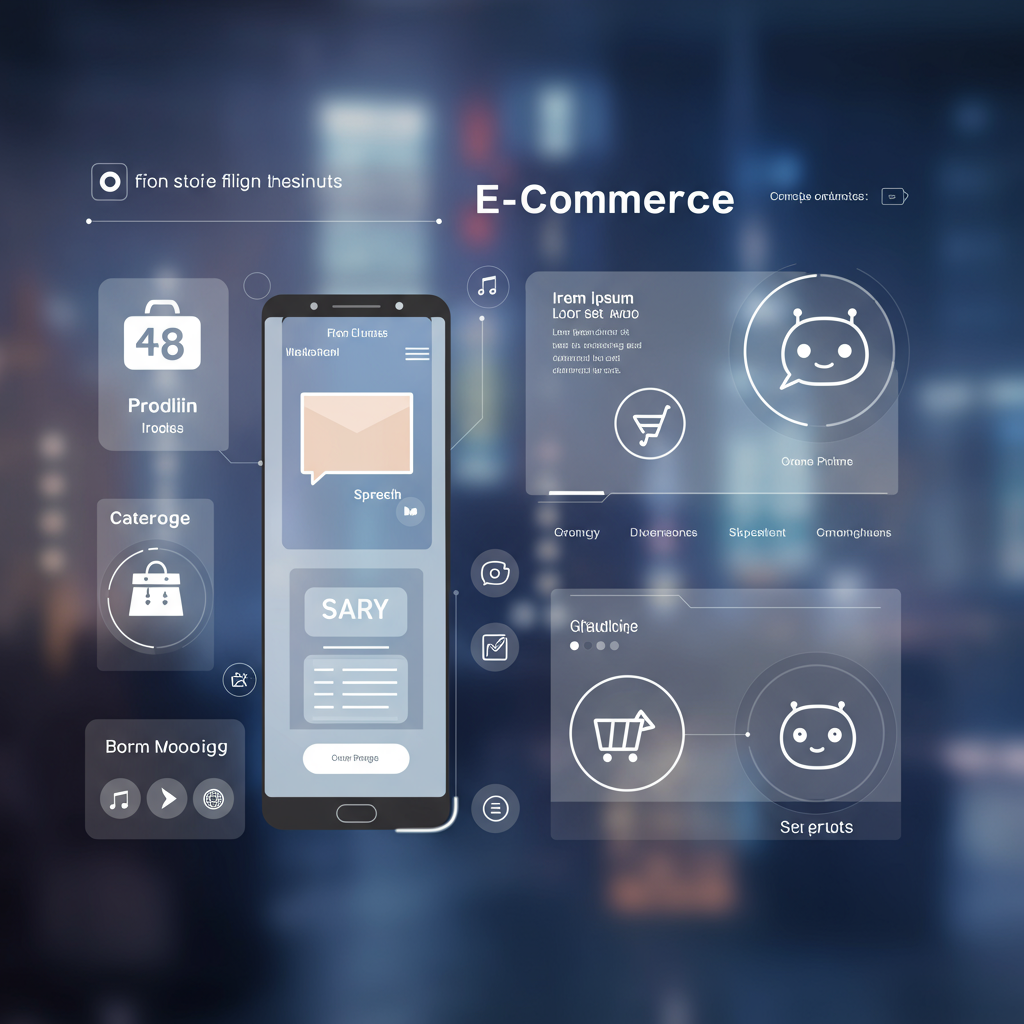My Insights on Preparing Your E-commerce Store for What’s Next
As we rapidly approach 2026, the e-commerce landscape continues its relentless evolution, and for us Shopify merchants, staying ahead of the curve isn’t just an advantage—it’s a necessity.
I’ve been closely observing the shifts, the emerging technologies, and the changing consumer behaviors that are poised to redefine online retail.
Today, I want to share my insights on the key Shopify trends that I believe will dominate the next few years, helping you prepare your store for future success.
The first, and perhaps most transformative, trend we’ll see is the deeper integration of Artificial Intelligence (AI) across every facet of the customer journey.
AI isn’t just a buzzword; it’s becoming an indispensable tool for personalization, efficiency, and customer engagement on Shopify.
Imagine AI-powered product recommendations that are so precise, they feel like your customer’s personal shopper, anticipating their needs before they even realize them.
We’re talking about AI-driven chatbots that can handle complex customer service inquiries, freeing up your team for more intricate tasks and providing instant support 24/7.
Beyond customer-facing applications, AI will revolutionize our backend operations, from predictive inventory management that minimizes waste to automated marketing campaign optimization.
I also foresee AI assisting us in content generation, crafting compelling product descriptions and marketing copy that resonates deeply with our target audience, saving us countless hours.
Another significant shift I’m tracking is the move towards headless and composable commerce architectures, even for Shopify merchants.
While Shopify provides an incredible all-in-one solution, many larger or more specialized brands are seeking greater flexibility by decoupling their frontend presentation layer from Shopify’s powerful backend.
This “headless” approach allows for unparalleled customization of the customer experience, enabling us to build unique interfaces while still leveraging Shopify’s robust cart, checkout, and order management systems.
It’s about having the best of both worlds: Shopify’s reliability combined with the freedom to innovate on the frontend, perhaps with a custom-built mobile app or an immersive web experience.
The concept of composable commerce, where we piece together best-of-breed solutions for different functions, will also gain traction, with Shopify often serving as the core commerce engine.
Social commerce and live shopping are not new, but by 2026, they will be utterly ingrained in the purchasing habits of consumers.
We’ll see even more seamless integrations allowing customers to discover, interact with, and purchase products directly within their favorite social media platforms.
Live stream shopping, particularly, will explode. Think of it as the modern-day infomercial, but interactive, authentic, and driven by influencers or even us, the merchants, showcasing our products in real-time.
Building a strong community around our brand on social platforms will be paramount, turning followers into loyal customers through engaging content and direct purchasing opportunities.
Sustainability and ethical practices will move from being a niche concern to a mainstream expectation for all businesses, including ours on Shopify.
Consumers are increasingly making purchasing decisions based on a brand’s environmental impact and social responsibility.
This means transparent sourcing, eco-friendly packaging, and clear communication about our sustainable initiatives will be crucial differentiators.
Shopify’s app ecosystem will continue to expand with tools that help us track our carbon footprint, offer carbon-neutral shipping, and partner with ethical suppliers.
Immersive shopping experiences, powered by Augmented Reality (AR) and Virtual Reality (VR), will become more commonplace.
Imagine your customers “trying on” clothes virtually, placing furniture in their living room via AR, or exploring a virtual showroom of your products from the comfort of their home.
These technologies bridge the gap between online and offline shopping, reducing returns and enhancing customer confidence.
The subscription economy will continue its robust growth. For us merchants, offering subscription models provides predictable recurring revenue and fosters deep customer loyalty.
Whether it’s curated boxes, replenishment services, or exclusive access, Shopify’s native and app-based subscription tools will make it easier than ever to implement these models.
B2B e-commerce on Shopify, particularly with Shopify Plus, will see significant expansion. Businesses are increasingly looking for the same seamless online purchasing experience they get as consumers.
This means more sophisticated wholesale channels, custom pricing, bulk order capabilities, and streamlined purchasing workflows for business clients.
Data privacy and security will remain a top priority. Building and maintaining customer trust through transparent data practices and robust security measures will be non-negotiable.
Finally, the emphasis on true omnichannel experiences will intensify. It’s not just about having an online store and a physical one; it’s about a cohesive, seamless journey across all touchpoints.
This includes buy online, pick up in-store (BOPIS), local delivery options, and personalized communication whether a customer interacts with us online, in person, or via social media.
The future of Shopify commerce is dynamic, exciting, and full of opportunities for those of us willing to adapt and innovate.
Embracing AI, exploring headless options, leveraging social commerce, prioritizing sustainability, and creating immersive experiences will be key to thriving.
What are your thoughts on these trends? Do you see other significant shifts on the horizon for Shopify merchants? I’d love to hear your perspective.
By staying agile and continuously learning, we can ensure our Shopify stores are not just surviving, but truly flourishing in 2026 and beyond.






